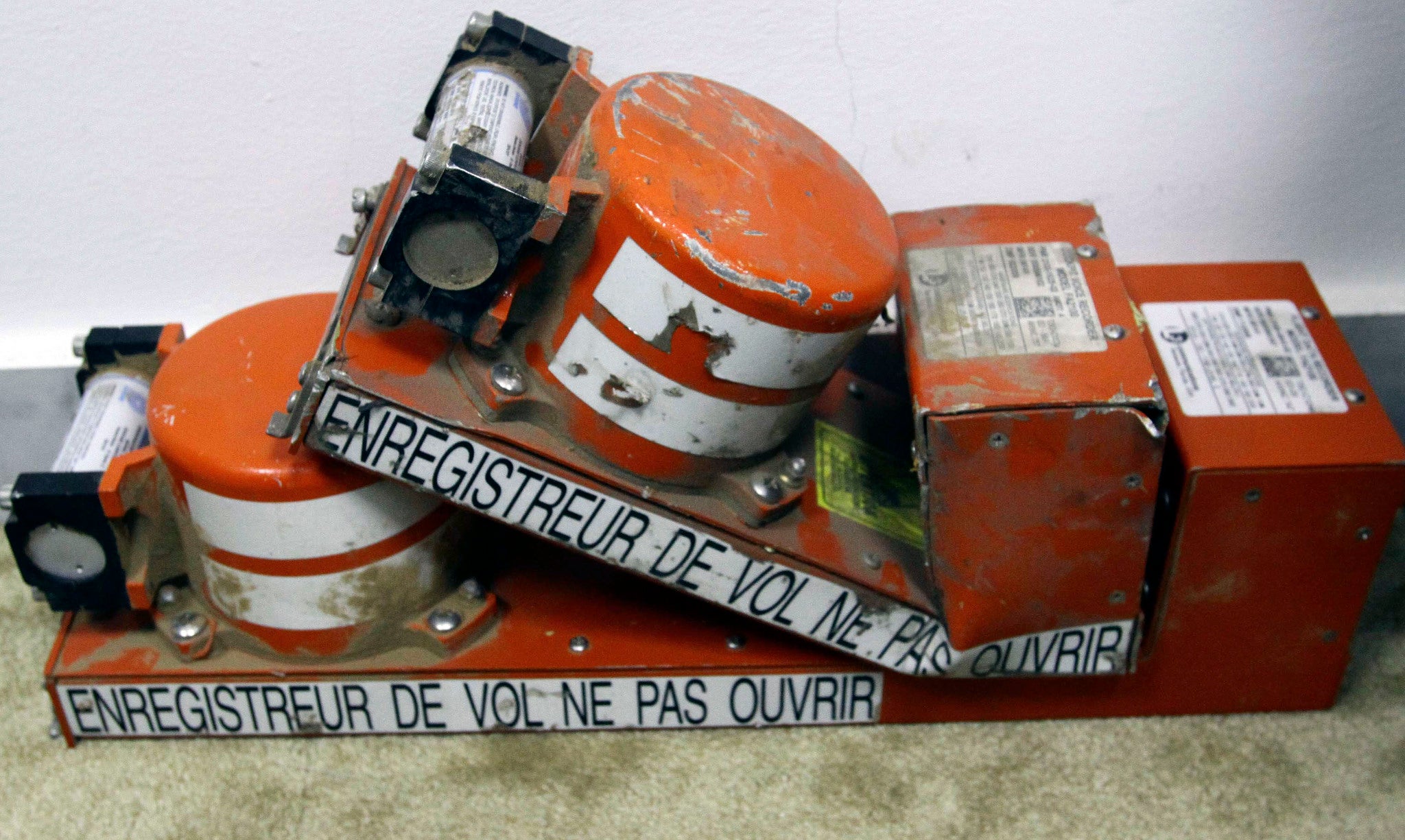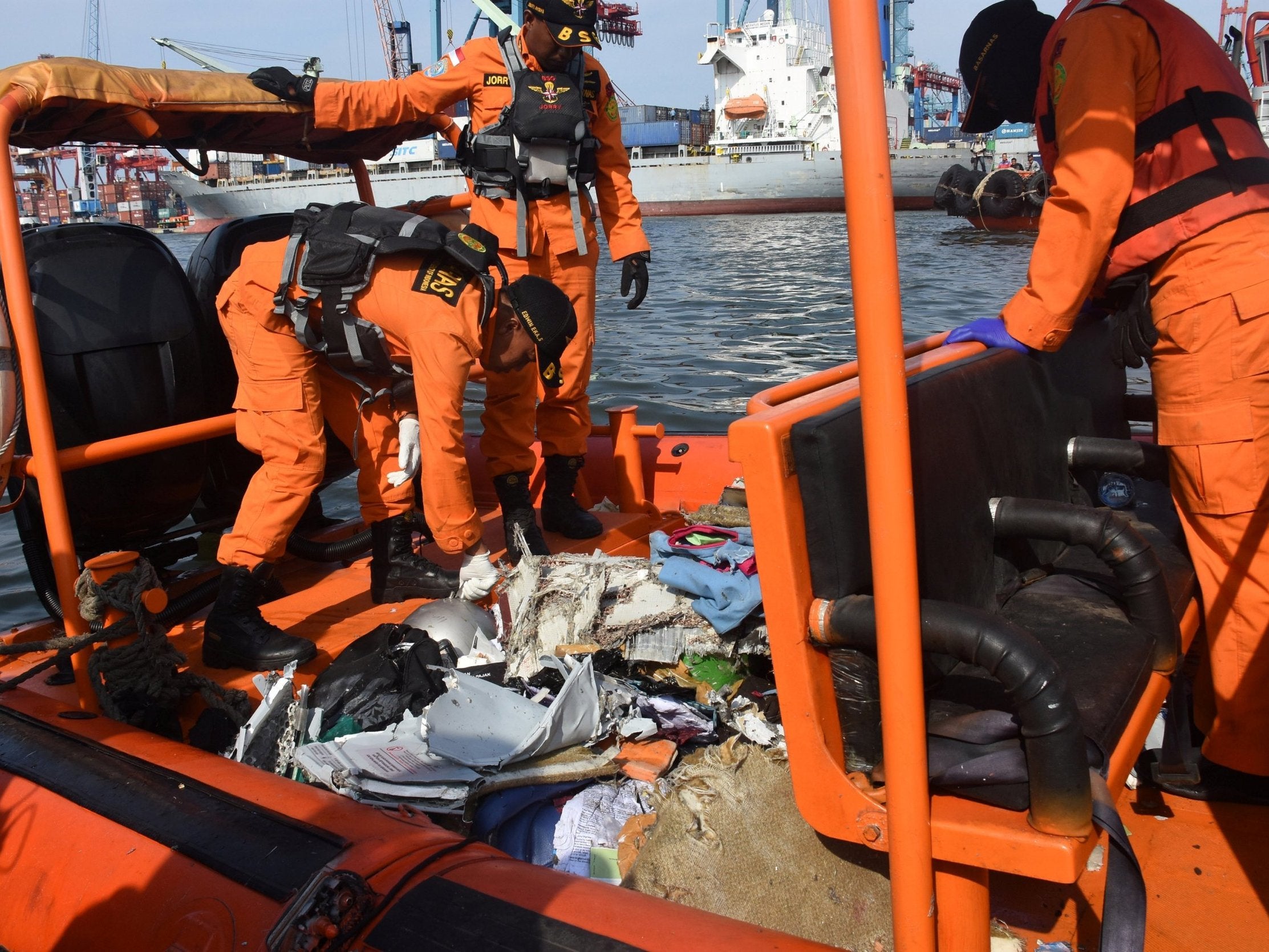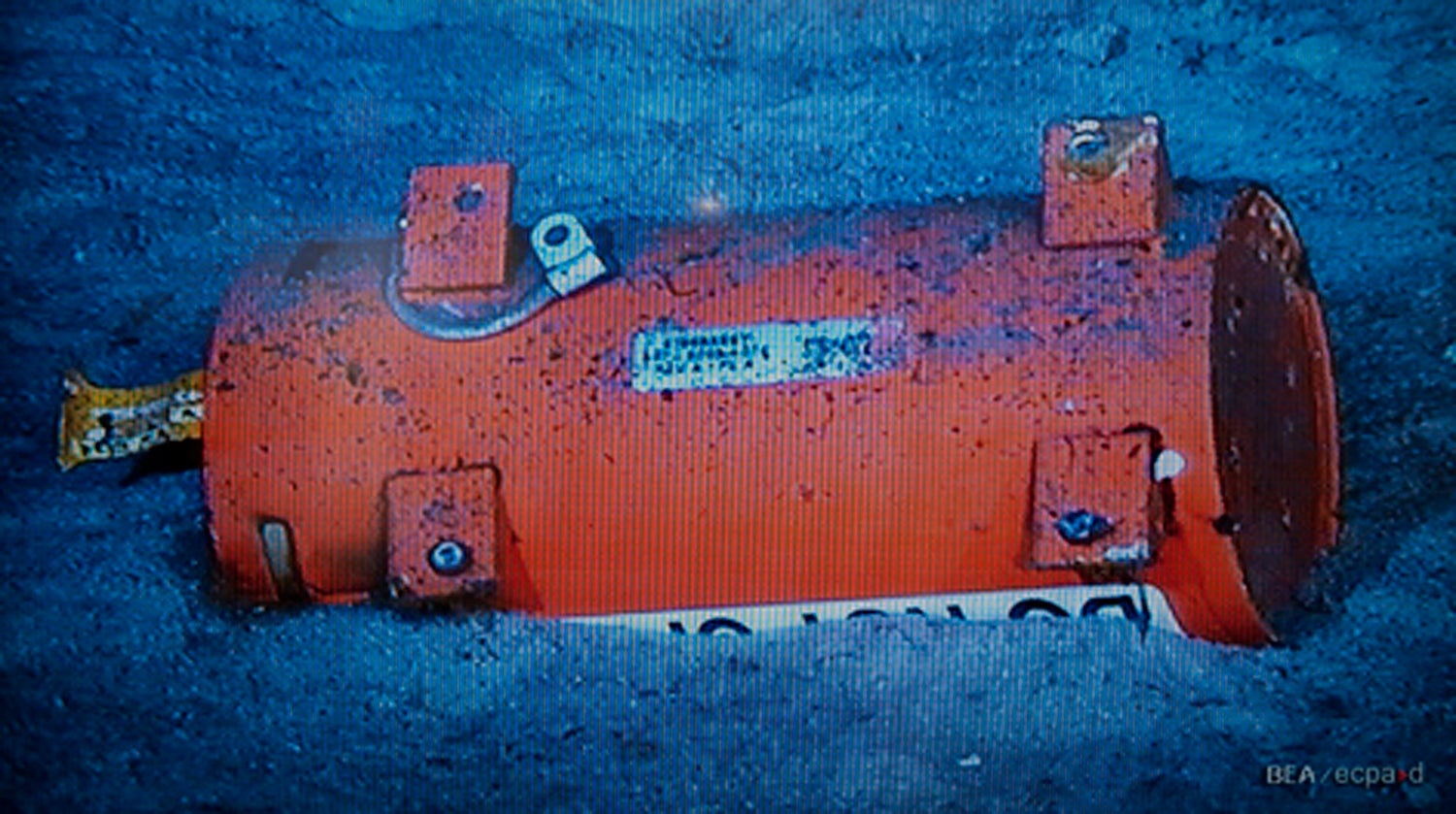Lion Air crash: What is a black box and how do you find one?
These indestructible instruments have been part of air travel for decades, but what exactly do they record and why are they so hard to find?
Your support helps us to tell the story
From reproductive rights to climate change to Big Tech, The Independent is on the ground when the story is developing. Whether it's investigating the financials of Elon Musk's pro-Trump PAC or producing our latest documentary, 'The A Word', which shines a light on the American women fighting for reproductive rights, we know how important it is to parse out the facts from the messaging.
At such a critical moment in US history, we need reporters on the ground. Your donation allows us to keep sending journalists to speak to both sides of the story.
The Independent is trusted by Americans across the entire political spectrum. And unlike many other quality news outlets, we choose not to lock Americans out of our reporting and analysis with paywalls. We believe quality journalism should be available to everyone, paid for by those who can afford it.
Your support makes all the difference.On 1 November, the search and rescue team for the recent Lion Air crash, which saw the plane go down off the coast of Indonesia with 189 people on board, found one of the aircraft’s black boxes.
These devices (known as “crash-survivable memory units” in the official jargon) can hold vital information, but the batteries powering their locator beacons only lasts for around 30 days. Once these die the black boxes lie silent on the bottom of the ocean floor, making their discovery unlikely.
It’s the data recorder that’s been found, according to officials – they are still looking for the second black box, which would have recordings of the conversations between the two pilots on board.
But why exactly are search teams so keen to find these boxes?
What is a black box?
Black boxes are specialised devices designed to record the final moments of a flight and survive the extreme heat and pressures of a crash. There are usually two black boxes located in the rear of the plane (usually the last point of impact), each recording a stream of information: the first, the Cockpit Voice Recorder (CVR), stores the last two hours of conversation in the cockpit, and the second, the Flight Data Recorder (FDR), keeps a larger set of data outlining the altitude, airspeed and direction of the flight for the last 25 hours. Modern recorders include much more data about everything from fuel levels to the position of wing flaps.

What are they made out of?
The “crash survivable memory unit” is actually a steel cylinder containing the memory boards that hold the actual data. This connects to the various audio compressors that feed the information into the heart of the black box. There are various layers of materials protecting these memory boards, with an outer case made out of steel or titanium covering layers of dry-silica insulation (to protect against heat) and an inner aluminium housing.
How tough are they?
To test the survivability of black boxes engineers subject them to a series of tests. These include crushing the unit in various places with pressures of up to 5,000 psi (pounds per square inch), firing it down an air cannon to create impact forces of 3,400 Gs (1G is Earth’s gravity) and cooking it in fire for one hour at a temperature of 1,100 degrees Celsius.
In order to test the units’ ability to survive in water they are also immersed in pressurised tanks of salt water for 24 hours and non-pressurised tanks for 30 days.

How do investigators find them?
Black boxes are painted bright orange (the actual shade is “international orange”) to help with visibility and are equipped with water-activated beacons that send out ultrasonic pulses when the boxes hit water. These send out a pulse every second for 30 days after activation, transmitting their signal across ranges of 4,267m. Search and rescue teams with divers are searching the Java Sea for the second black box from the Lion Air crash, which will have a recording of the pilots’ conversation in the cockpit before the plane went down.

Why aren’t black boxes better?
Although you can’t really beat black boxes in terms of survivability, on the face of it there does seem to be a lot of ways they could be improved. If your smartphone can record hours of video and beam that to your computer from anywhere in the world, why can’t black boxes send out more of their information? Ejectable black boxes that float on the ocean’s surface are already in use by the US Navy, so why don’t commercial flights have those?
Professor Krishna Kavi of the University of Texas suggests that it is “sheer institutional inertia” that is holding the industry back, with pilots fearing that advanced black boxes would lead to round-the-clock monitoring of their work. Others suggest that airlines’ profits are simply so razor-thin that they don’t want to invest in technology that hardly makes for a comforting sales pitch: “If you crash, at least they’ll know why!” Incidents like the disappearance of flight MH370 and the recent Lion Air crash might help to push the industry into action, but even then, change is likely to be slow.

Join our commenting forum
Join thought-provoking conversations, follow other Independent readers and see their replies
Comments